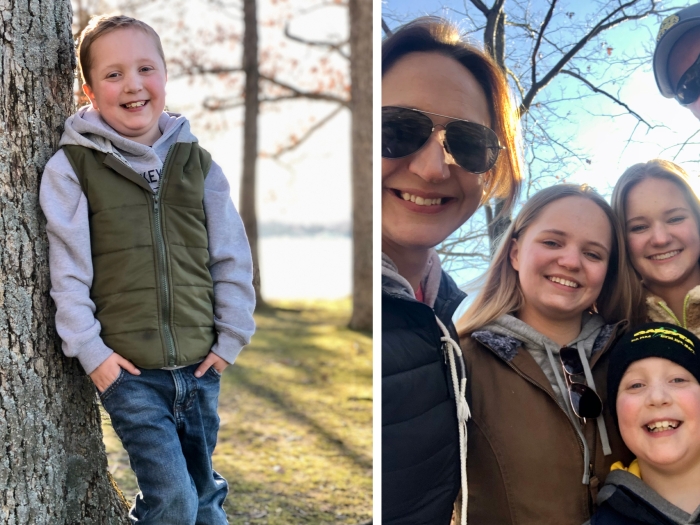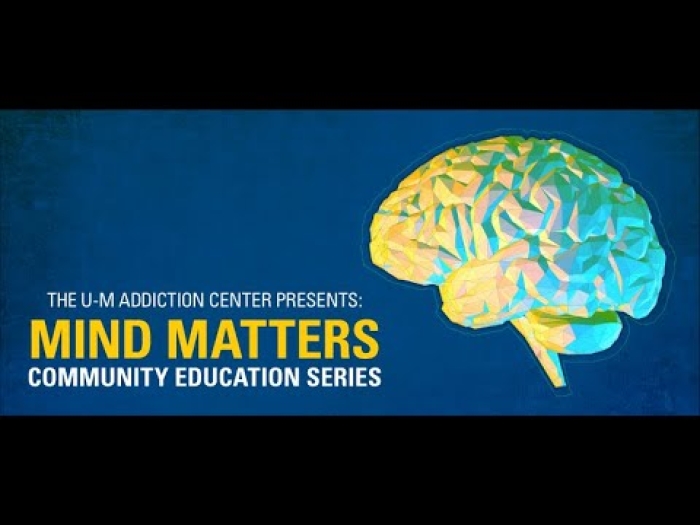The top 5% of prescribers account for half of opioid prescriptions and high risk prescriptions to children and young adults.
10:25 AM
Author |

Children and young adults who have pain from surgery, dental care and other conditions are often prescribed opioids.
But half of these prescriptions, a new national study suggests, are high risk because of their potential for adverse outcomes.
What's more, a small group of prescribers in the top 5% of prescriptions account for half of all opioid prescriptions for children and young adults and half of high risk prescriptions. Many of these prescribers are dentists or surgeons, and a disproportionate share practice in the South, according to the study in Pediatrics.
Researchers analyzed roughly four million opioid prescriptions dispensed to kids and young adults under age 21 in 2019. Prescriptions that exceeded a recommended supply or dose or included a drug or combination of drugs not recommended for children were considered high risk.
"Our study suggests that children and young adults are frequently exposed to unsafe opioid prescriptions, increasing their risk of overdose, misuse, and addiction," said lead author Kao-Ping Chua, M.D., Ph.D., a pediatrician and researcher at University of Michigan Health C.S. Mott Children's Hospital and the Susan B. Meister Child Health Evaluation and Research Center.
"The fact that these prescriptions were so heavily concentrated among a small group of prescribers suggests that quality improvement efforts should target these prescribers."
The most common types of high risk opioid prescriptions were those for acute pain and that went beyond three or seven days. A three-day supply is usually enough for acute pain and prescriptions exceeding seven days are rarely necessary, according to the Centers for Disease Control and Prevention.
"Many of these prescriptions were likely for dental and surgical procedures that don't require long durations of opioid therapy," Chua said. "There have been successful efforts to reduce opioid quantities for adult surgery patients through evidence-based prescribing guidelines. Similar efforts have begun in some pediatric institutions but should be more widespread."
Our study suggests that children and young adults are frequently exposed to unsafe opioid prescriptions.Kao-Ping Chua, M.D., Ph.D.
About one in six prescriptions dispensed to young children aged 0 to 11 included codeine or tramadol. The United States Food and Drug Administration has explicitly warned against using these drugs in young children due to reports of fatal overdose.
The persistent use of codeine is consistent with Chua's previous research revealing incomplete reductions in codeine prescribing to children undergoing tonsil removal after an FDA black box warning in 2013.
To minimize prescribing of codeine and tramadol to young children, he said, electronic health record systems and pharmacists could prompt clinicians to consider alternatives when they attempt to prescribe these medications. Insurers could also refuse to cover such prescriptions for young children.
Nearly 12% of opioid prescriptions dispensed to adolescents and young adults aged 12 to 21 years were also considered high risk because they exceeded recommended daily dosages of opioids.
Another nearly 5% overlapped with benzodiazepines, central nervous system depressants frequently prescribed for anxiety, stress attacks and sleep disorders. Chua's prior work has shown that this overlap greatly increases overdose risk in adolescents and young adults.
Dentists and surgeons play an outsized role in prescribing
Sixty one percent of opioid prescriptions to children and young adults were from dentists or surgeons. However, Chua's research has found that opioids are commonly overprescribed to young people after dental and surgical procedures.
For example, one of his studies found that almost 80% of dental opioid prescriptions for adolescents and young adults are for tooth extraction, a procedure for which ibuprofen provides effective relief.
Another of his studies found that six in 10 privately insured children undergoing tonsillectomy are prescribed opioids, even though randomized trials show ibuprofen provides equal pain control.
"Avoiding unnecessary opioid prescribing not only decreases the risk of misuse and overdose but also lowers the risk of side effects, such as vomiting and constipation," Chua said. "For many dental and surgical procedures, reducing opioid prescribing could improve patient experience without compromising pain control."
Co-authors of the study included Chad Brummett, M.D., and Amy Bohnert, Ph.D., M.H.S., of the U-M Department of Anesthesiology; and Rena Conti, Ph.D., of the Boston University Questrom School of Business.
Paper cited: "Opioid Prescribing to US Children and Young Adults in 2019," Pediatrics, DOI: 10.1542/peds.2021-051539

Explore a variety of healthcare news & stories by visiting the Health Lab home page for more articles.

Department of Communication at Michigan Medicine
Want top health & research news weekly? Sign up for Health Lab’s newsletters today!





